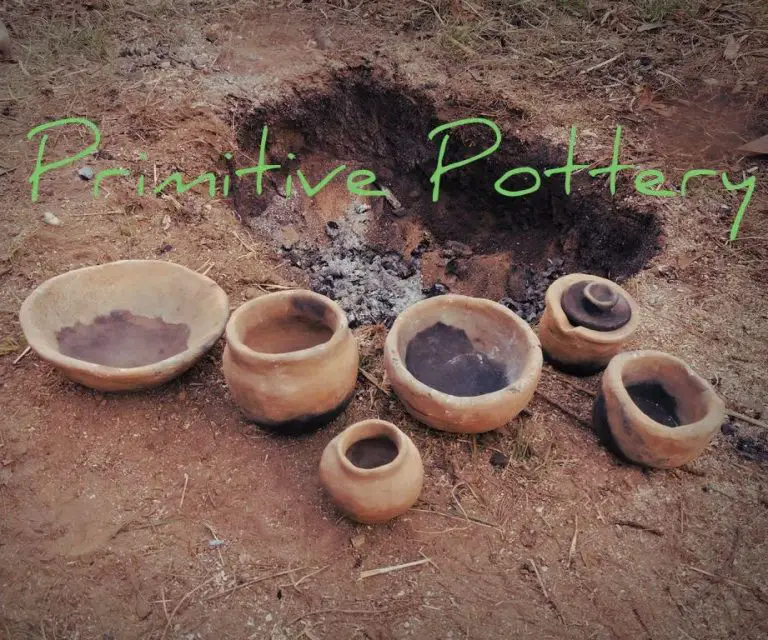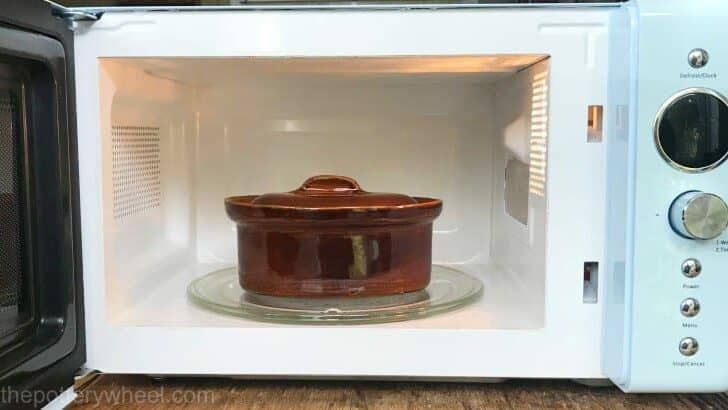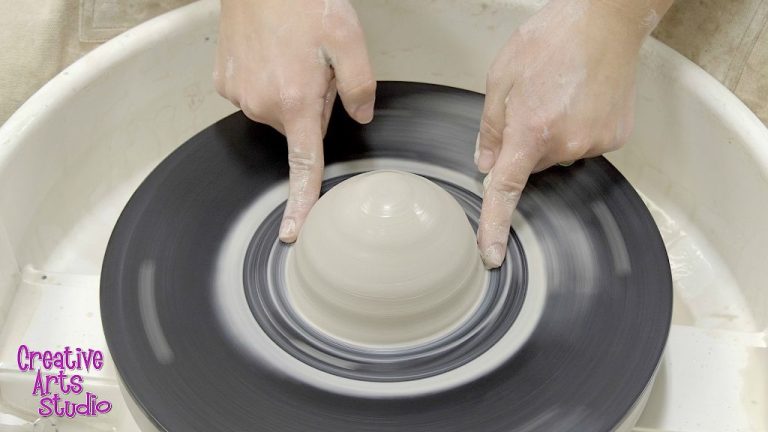How Do You Make Dusty Blue Clay?
Polymer clay is a type of modeling and sculpting clay made from polymers and additives like plasticizers. It has an elastic, malleable texture that makes it perfect for crafting and sculpting. Polymer clay needs to be baked in an oven to harden it, unlike air-dry clays. Dusty blue polymer clay is a beautiful cool-toned clay color with a soft, dusty look. The “dusty” effect comes from adding a bit of translucent clay, which creates a muted and weathered appearance in the finished clay.
Making your own dusty blue polymer clay allows you to achieve the exact shade you want. You’ll need to start with a base blue polymer clay color and mix in other colors and effects to get a soft dusty blue. This involves blending clays, adding translucent clay, and texturing techniques. After conditioning and shaping the clay, a baking step will permanently harden the clay so it keeps its form. The result is an easy DIY dusty blue polymer clay that can be used for a variety of arts and crafts projects.
Gather Materials
To make dusty blue clay, you will need the following materials:
- Oven-bake polymer clay in various colors like white, blue, black
- Clay softener
- Clay sculpting tools
Polymer clay is essential for making any type of modeling clay. Opt for an oven-bake variety in a range of colors so you can mix and blend shades as needed. Include a good amount of blue clay along with small amounts of white and black to create your dusty blue color.
Clay softener is useful for conditioning the clay and achieving a soft, pliable texture that is easy to shape and sculpt. Look for a dedicated clay softener or liquid polymer clay for best results.
Clay sculpting tools like rubber tipped sculpting tools, loop tools, roller tools, silicone tipped shapers, and texture sheets allow you to manipulate and shape the clay into different forms and patterns.
Make the Clay Base
The first step in making dusty blue clay is to start with a basic white polymer clay base. Take a block or ball of raw white polymer clay and knead it thoroughly with your hands until it becomes smooth, pliable, and free of lumps and air pockets. Kneading conditions the clay by warming it up with friction and distributing any oils and plasticizers evenly throughout it. This makes the clay softer and easier to manipulate into different shapes.
When kneading polymer clay, you’ll need to use firm pressure to work it for several minutes. Fold, press, and squish the clay repeatedly in your palms until it reaches the desired consistency. Don’t be afraid to really work it between your hands. Properly conditioned clay should be soft, flexible, and not prone to cracking or splitting when shaped. Take the time to knead the clay well in this initial step, as it will make sculpting and detailing much easier later on.
Once the base polymer clay is kneaded smooth and pliable, it provides the perfect neutral canvas on which to add color and other effects to create your custom dusty blue clay!
Add Blue Color
Adding just a small amount of blue clay to the base clay will create a light blue color. Start with just a pinch of blue clay and mix it thoroughly into the base. You can continue adding more blue clay in small amounts until you achieve the dusty blue shade you desire. Mix thoroughly after each addition to distribute the color evenly. Too much blue clay at once can create a bright royal blue, so build up the color gradually for a soft dusty blue.
Create Dusty Look
Creating a dusty look for your blue clay is essential for achieving that weathered appearance. Here are some tips for making your blue clay look dusty:
Add very small amounts of black clay – Start with just a pinch of black clay and mix it into the blue. Black will help create a mottled, dusty effect. Add the black clay bit by bit, mixing thoroughly between each addition.
Mix in specks but not completely – You don’t want the black clay to be completely incorporated. By mixing it in loosely, you retain specks of black which will read as dust and dimension once the clay is baked. Mix just enough to distribute specks of black throughout the blue clay base.
Test colors and modify – After mixing in some black specks, take a small piece of the clay and bake it to test the color. If it’s not dusty enough, mix in more black clay in small amounts. You can continue tweaking until you achieve the desired dusty blue color.
Soften the Clay
Once you have blended in the blue colorant to achieve your desired shade, it’s time to soften the clay. This helps make the clay more malleable and easier to work with.
Work in a dedicated clay softener, adding it bit by bit and kneading it thoroughly into the clay. Clay softeners help soften the clay by making the polymer chains slide against each other more easily. They also help blend the color throughout the clay evenly.
Add softener gradually until the clay reaches the desired smooth, pliable consistency. The exact amount needed will vary based on the specific type and brand of polymer clay. Too much softener can make the clay sticky.
Knead the softener in thoroughly to achieve an even consistency. Properly conditioned clay is smooth, flexible, and easy to shape without cracking. Correctly softening the clay at this stage makes the remaining sculpting and texturing steps much easier.
Shape the Clay
Once the clay is softened, you can begin shaping it into whatever form you’d like. Sculpt creatures, make jewelry, or hand build pottery pieces. The possibilities are endless!
Make sure to smooth all surfaces of your clay creation. Use your fingers or a silicone shaping tool to blend seams and soften edges. Smooth, even surfaces will lead to a better overall finished product.
Take your time perfecting the shape. Add details like scales, fur, feathers, claws, etc. to bring your sculpture to life. Refine shapes and forms until you are satisfied.
Let the shaped clay sit for a bit before baking. This helps set the shape and minimizes warping or distorting in the oven.
Add Textures
Once the clay has been softened and shaped, you can use various clay tools to add interesting textures to the surface. Here are some ideas for textures to try:
- Use a roller tool to create indentations like lines, waves, dots, or geometric patterns.
- Press tiny circular cutters into the clay to make polka dot textures.
- Use clay extruders to create long coils, then attach them to the surface and blend them in for a ridged effect.
- Cut shapes out of sheets of clay and attach them to the surface as appliqués.
- Use the back of a paintbrush or other tool to scratch wavy lines lightly across the surface.
- Roll the clay over a textured mat or fabric, then gently stretch and smooth it to transfer the pattern.
- Make impressions by pressing items with interesting textures into the clay, like lace, burlap, leaves, nuts, bolts, etc.
- Use alphabet or number cutters to spell out words or add labels in the clay.
Get creative with the textures and patterns you add. Combining various techniques will lead to more complex and visually interesting results. Just take care not to over-work the clay or make it too thin in areas.
Bake the Clay
Baking is an essential step when working with polymer clay. Proper baking will cure and harden the clay fully.
Refer to the manufacturer’s instructions for recommended baking times and temperatures. In general, bake polymer clay at 265-275°F for 15-30 minutes per 1/4 inch of thickness. Thinner pieces will require less time while thicker pieces require more.
Bake the clay according to the required time for the thickness you’ve shaped. Check on the clay towards the end of the recommended baking time. The clay is finished baking when it’s uniformly hardened and has a matte appearance.
Let the baked clay cool completely before handling. Transfer the clay directly from the oven onto a heatproof surface. Do not skip the cooling step – polymer clay will be soft straight out of the oven. Cooling helps harden the clay fully.
Once cooled, the polymer clay will be permanently hardened and ready for finishing touches or use in craft projects.
Finish
Once the clay has baked and cooled, it’s time to complete the dusty blue clay project. The finishing process helps smooth the clay’s surface and create an attractive look.
First, sand the surfaces of the baked clay with fine grit sandpaper. Sand gently to avoid removing too much color. The sanding will create a softer, powdery texture on the surface.
Next, buff the sanded areas with a soft cloth. This helps smooth out any remaining roughness and blends the sanding for an even look.
If desired, you can now apply a protective glaze or sealant. Glazing provides a glossy top coat and helps keep the clay from absorbing moisture. A matte spray sealant will keep the dusty, matte look while sealing the clay. Let any glaze or sealant dry fully before handling the finished clay.
After finishing, you will have a beautifully textured dusty blue clay ready for any craft project or decorative use. The handmade quality gives clay crafts warmth and charm. Enjoy your unique creation!




